Summer Safety: Avoiding Unexpected Burns
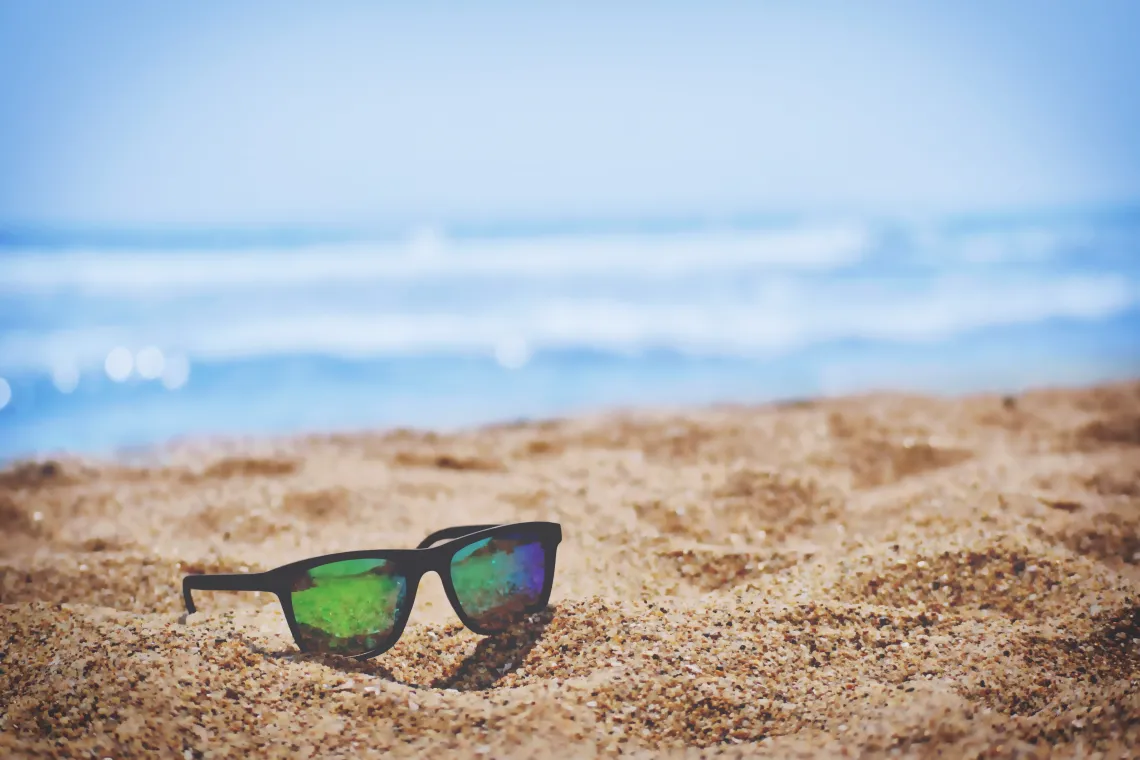
Summertime is synonymous with fun and freedom: beautiful weather, outdoor activities, social gatherings, the kids out of school. But did you know that summer also presents some unique safety concerns?
You‘re probably already aware that the sun can be damaging to your skin and that you should take precautionary measures to avoid sunburns, like putting on sunscreen, wearing a hat and long sleeves when outside, or staying in the shade. Protecting your skin from the sun is a great first step to practicing summer safety, but there’s also another significant hazard to watch out for: burns.
While highly preventable, summer burns are often caused by unlikely culprits. Below are some common causes of burns during the summer months and steps you can take to avoid them.
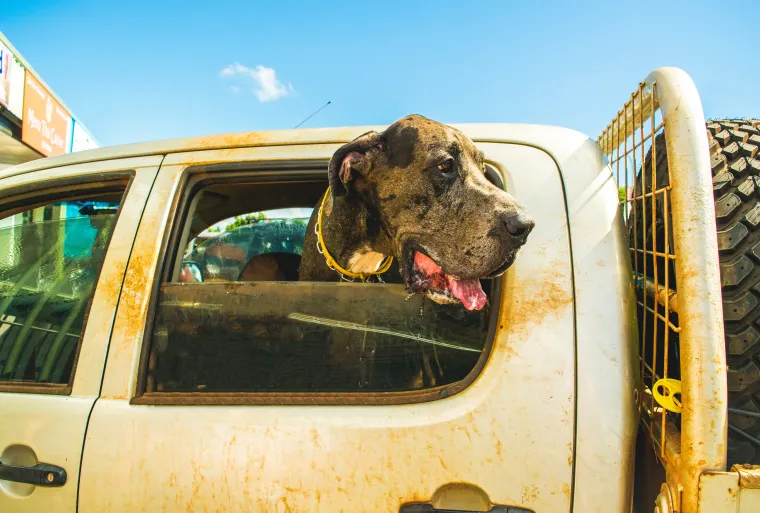
Hot Cars
While it may seem intuitive not to leave your child or pet in the car in hot weather, it’s a surprisingly common occurrence. In fact, about 36 children and hundreds of pets die in hot cars each year (1, 2).
It can be tempting to leave your child or pet in the car when running quick errands, but even short intervals of time in a hot car can be dangerous. It’s estimated that in 100∞ weather, common during Arizona summers, the car will reach 119∞ in just 10 minutes. That temperature only rises exponentially with each minute that passes (3). Body temperatures in children increase about 3-5x faster than adults, making extreme temperatures even more dangerous for young ones (1).
The bottom line is: never leave your child or pet in the car during the summer months, no matter how short a duration of time. If you happen to see a child or pet alone in a parked car, call 911 immediately. Get the child or pet out of the vehicle and wait with him or her until the authorities arrive. If the car is locked, use as much force as necessary to break a window. Arizona, along with many other states, has Good Samaritan laws in place to protect people who perform hot car rescues (4).
Asphalt
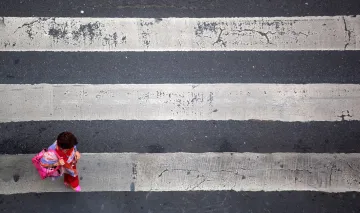
Asphalt can reach extremely hot temperatures even when the temperature outside is fairly mild. It’s estimated that even in 77∞ weather, asphalt can heat up to 125∞ (5). This temperature is commonly surpassed by 20, 30, and even 40∞ on Arizona summer days, making asphalt a major burn hazard, especially given how ubiquitous it is.
Stepping on hot asphalt in bare feet or while wearing flimsy footwear can cause serious burns to the feet. Wear sturdy shoes with thick, protective soles whenever walking outside, including at the pool.
Don’t forget your pets, either; if it’s too hot for you to walk on the pavement, then it’s also too hot for them. You can test ground temperatures by placing your bare foot on the ground for 5-7 seconds. If you feel discomfort, it’s time to come up with a plan B for the day’s exercise.
Objects in the Sun
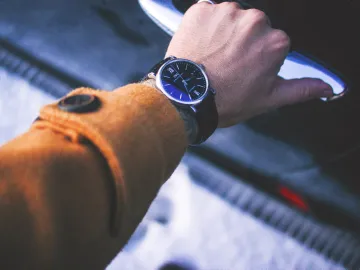
With temperatures regularly surpassing the hundreds during Arizona summers, objects that are usually harmless can quickly turn into burn hazards after sitting in the sun. Perhaps the most common culprits of burns are car door handles, seatbelt buckles, and other metal car parts, which conduct heat quickly. Metal benches and tables can also cause burns.
As getting into the car is part of most of our daily routines, it can be easy to forget not to touch a car door handle without protective gear during the summer. However, doing so can lead to serious burns and blisters that, at the very least, are extremely uncomfortable.
In hot weather, open car doors with a towel or oven mitt. You should also warn kids not to touch hot cars. Parking in garages or shady spaces and using a sunshade when parking in the sun can help keep the inside and outside of your car cooler. Similarly, test out outdoor seating with the back of your hand before sitting down, or go straight for shady spots if they‘re available.
Barbecues
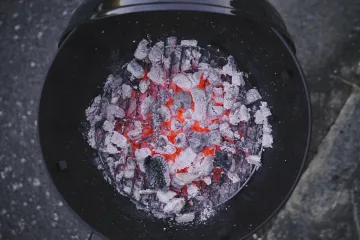
A summer celebration staple, barbecues double as a significant safety concern. Not only can the open flame cause fire if not started or attended to properly, but improperly handling or disposing of coals can also result in fires or serious burns. For example, resist the urge to extinguish coals by covering them with sand. Not only are coals non-compostable, but they could also cause burns if stepped on before they‘re completely cooled.
Charcoal company Kingsford recommends ’suffocating' the fire once you‘re done cooking by putting the lid over your grill. To speed up the cooling process, thoroughly douse coals in cool water before putting the lid on. Once charcoal and ash are completely cold (at least 48 hours after cooking), you can dispose of them by wrapping them in aluminum foil and throwing them away in a non-combustible outdoor trashcan (6).
Fireworks
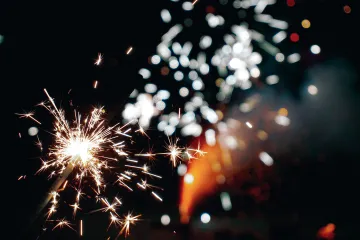
Fireworks add flair to your 4th of July celebration, but are perhaps one of the most dangerous summertime activities. To put it in perspective: nearly 13,000 people were injured by fireworks in 2017, and more fires are reported on Independence Day than any other day of the year (6).
The National Safety Council advises against using consumer fireworks altogether and instead finding your nearest professional display. However, many fireworks are still legal in Arizona and can be used from June 24 July 6 and December 10 January 3. If you do choose to include fireworks in your July 4th celebration, the first thing you should do is study up on Arizona’s firework laws to make sure you abide by all rules and regulations.
Here are some steps you can take to ensure you‘re using fireworks as safely as possible (7):
- Read directions for use before setting off any fireworks.
- Always deploy fireworks outside and away from any flammable materials.
- Don’t handle fireworks when under the influence.
- Don’t allow young children to handle fireworks, and supervise older children.
- Make sure you light fireworks away from yourself, others, and buildings.
- Do not use damaged or malfunctioning fireworks. If you have fireworks left over from your celebration, soak them in cold water before disposal so they don’t accidentally go off.
- Keep a large bucket of water nearby in case of fire.
’the best treatment for burns is prevention. However, if you do happen to get burned, luckily there are resources for treatment and rehabilitation. Contact the Banner University Medical Center - Tucson Burn Center today by making an appointment at (520) 694-1001. For emergencies, always call 911.
Lourdes Castañón, MD, FACS, is director of the Burn Program at Banner University Medical Center - Tucson and a clinical assistant professor with the Department of Surgery Division of Trauma, Critical Care, Burns and Emergency Surgery.
Sources:
- https://www.cnn.com/2018/07/03/health/hot-car-deaths-child-charts-graphs-trnd/index.html
- https://www.avma.org/public/PetCare/Pages/pets-in-vehicles.aspx
- https://www.azhumane.org/events/dont-leave-pets-kids-hot-cars/hot-can-car-get/
- https://www.azhumane.org/2017/05/arizona-bill-aimed-ending-hot-car-deaths-passed-today/
- https://www.adoptapet.com/blog/protecting-paws-from-hot-pavement/
- https://www.kingsford.com/how-to/how-to-put-out-your-charcoal/
- https://www.nsc.org/home-safety/tools-resources/seasonal-safety/summer/fireworks

